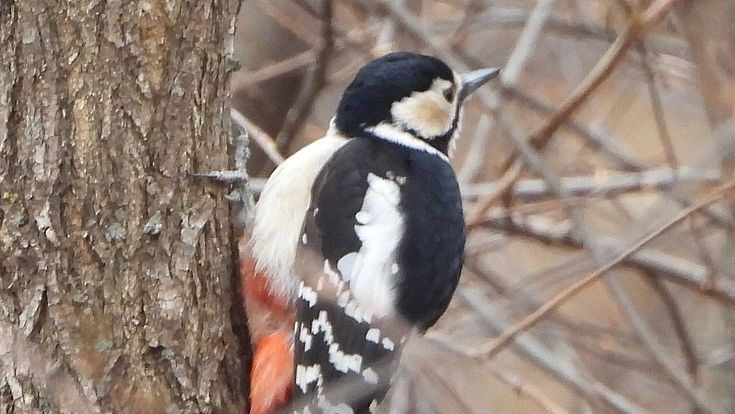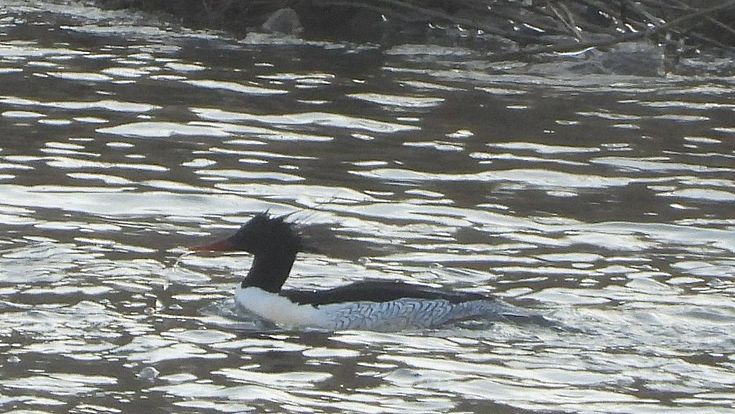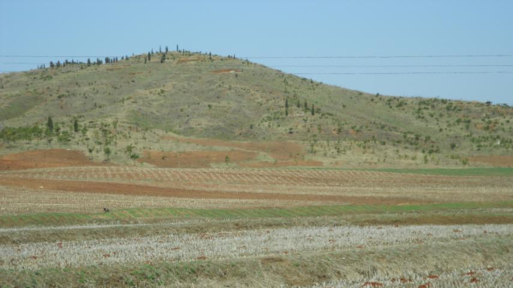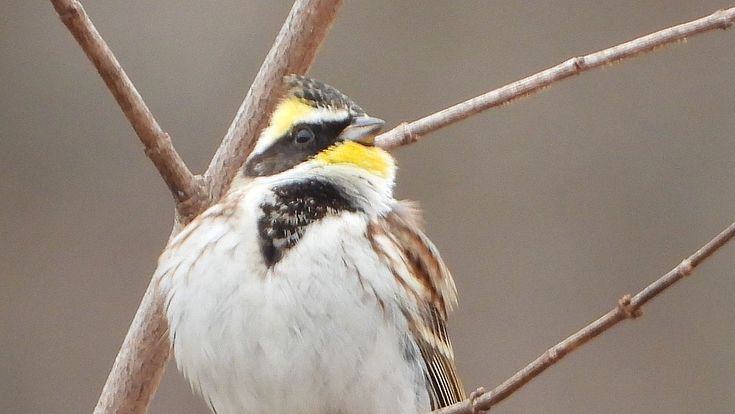World Wildlife Day
Sustainable Development of Forests and Wildlife Conservation

A winner of reforestation in South Korea – woodpeckers (in this case the great spotted woodpecker) are finding more nesting opportunities in the country again.
Every Year the on 3rd of March the World Wildlife Day is celebrated, to remember the signing the Convention on International Trade in Endangered Species of Wild Fauna and Flora on 3rd March 1973. This year the motto of the day is "Forests and Livelihoods: Sustaining People and Planet". In its worldwide work, Hanns Seidel Foundation contributes in many ways to the goal of protecting species and biodiversity, and in many projects, such as in Congo and Korea, also specifically to the protection of forests as the basis of biodiversity.

The scaly-sided merganser is an endangered species which can be found in some regions of South Korea.
In Korea, this is a particularly important issue because more than seventy per cent of South Korea and eighty per cent of North Korea were originally forested. However, centuries of over-exploitation of the often communally owned forests, colonization and the Korean War meant that the forests were in extremely poor condition and had often disappeared, especially in the western hill regions. In South Korea, a broad reforestation campaign took place from the 1960s to the 1980, which has led to all the mountains being forested again. In North Korea, on the other hand, there has been strong threat to the forest due to the economic distress and the famine in the 1990, as trees were needed as firewood and many mountain slopes were used as private, illegal but tolerated fields. Although there is no exact data about the situation of forests in North Korea, it is estimated from satellite imagery that about half of the forests have either disappeared or are severely degraded. This is one of the reasons for annual landslides and floods, which cost hundreds of lives.

In North Korea reforestation is especially important. This picture shows the hills in Sangsori in 2012. A HSF project concerning sustainable forest management started there.
We often think of the highly visible species of the coasts and fields, migratory birds like cranes and geese, and less of species of the forests when it comes to species conservation. But the forest also contains a great biodiversity, whether it is birds, amphibians, reptiles, mammals or insects and plants. In South Korea, the reforestation led to a strong increase in forest-typical species, such as woodpeckers, nuthatches, and certain owls like the eagle owl. For some species, such as the white-bellied woodpecker, which is only found in Korea, reforestation may have come too late. It has not been sighted for decades and the areas in North Korea, where a few pairs have been breading recently, have now probably been deforested. Other species need very specific conditions in the forest to be successful. The merganser, for example, an endangered species of which there are only about 3.000 left, needs enough nesting trees in southern Siberia where it can nest in holes. It hibernates in South Korea on fast-flowing, clean rivers. A survey conducted by the Hanns Seidel Foundation Korea together with its partner Birds Korea in the inner-Korean boarder has identified new wintering areas for this rare bird in Hwacheon County. Through private donations, the HSF could contribute to the creation of artificial nest boxes by partners in Russia. So, it is hoped that this beautiful bird will be preserved for the future generations.

Nowadays there is a small tree nursery, which is surrounded by a healthy mixed forest, which supports biodiversity.
Since 2008 the HSF has been implementing projects on sustainable forest management in North Korea. One project, which was founded by the EU, established a tree nursery and a model for reforestation in particularly damaged western hill regions. On a hill where only isolated alders were growing up, a growing mixed forest with red pines, Korean pines, Mongolian oaks, sweet chestnuts and many other tree species has reemerged. Many bird species like songbirds, pheasants, birds of prey, such as kestrels and buzzards are settling at the edge of the forest. In winter, such forests are important for wintering buntings and finch species. In South Korea, the main concern is to protect the habitats in the face of immense population pressure. The population density in South Korea is twice as high as in Germany. While forests as such are protected, the forest edges, which are important for biodiversity are often threatened by advancing industrialization in rural areas, as well as litter pollution and land consumption, due to new infrastructure projects.

Many oscine birds, like the yellow-headed bunting need healthy forests, especially the edges of forests as habitat.
South Korea has shown how to turn degraded forests into healthy forests again, an experience that Germany also made about 150 years ago. North Korea has adapted a very similar strategy with its own reforestation campaign in 2014, but the country is only at the beginning. Forest protection is an everlasting task, and at the moment forests are facing new challenges because of the climate change. Therefore, it is especially important to work together with partners in the country on strategies in order to preserve the forests as a place of biodiversity.
